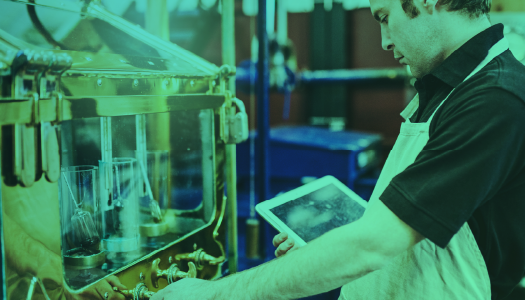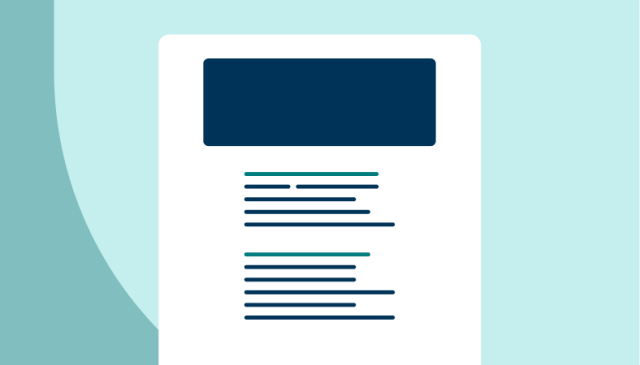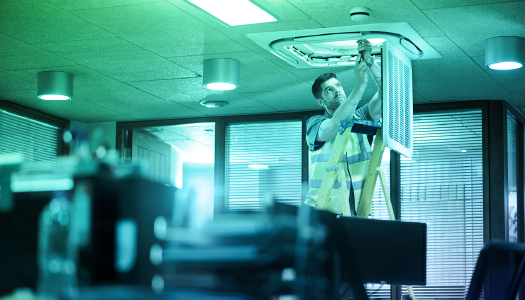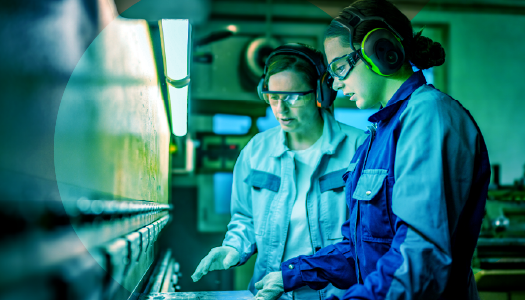CMMS
You Get What You Pay For: Evaluating CMMS Beyond Cost
In today’s dynamic business landscape, organizations rely on Computerized Maintenance Management Systems (CMMS) to streamline maintenance process’, help maintainers maximize asset performance, and ensure regulatory compliance. With over 400 CMMS solutions available – and more flooding the market every year...
NEW
blog
Recipe for Reliability: How Food & Beverage Manufacturers Can Transform Their Operations
Reliability is essential in food and beverage manufacturing. Do you trust your equipment to work...
NEW
blog
How to Increase Efficiency & Resident Satisfaction in Senior Living Communities
Delivering elevated experiences, comfort, and “white glove" service is the golden rule for many...
NEW
blog
Survey: Americans express concerns about global tariffs impacting local infrastructure
New Brightly Software data finds consumers are concerned about rising costs and delays to local...
NEW
blog
5 "Genius" Quotes to Inspire Better Facilities Maintenance
There seem to be an endless amount of "inspirational quotes" out there in the form of social media...
NEW
blog
What If... Your Assets Are Failing More Than You Planned For?
Part 1 of our “What If...” series on smarter asset maintenance What if an asset you own starts...
NEW
blog
The Power of a Mobile CMMS
I sometimes recall “olden times” stories with my kids about the days before cell phones, where if...
NEW
blog
5 Common Causes of Equipment Failure and How to Avoid Them
When equipment fails, even a short disruption can slow your operations, increase costs, and...
NEW
blog
A Practical 4-Step Approach for Creating Smarter Capital Plans
Capital planning is shifting fast. What used to be considered simply an annual budgeting exercise...
blog
Equipment Inventory Management: A Complete Guide to Tracking and Controlling Your Assets
From small tools to heavy machinery, every piece of equipment you manage represents a significant...
blog
10 Proven Strategies to Reduce Your Carbon Footprint
Climate change isn't just an environmental issue; it's a business imperative. Organizations...
blog
Winter Is Coming: Is Your School Ready for the Cold?
As someone who has witnessed the devastating impacts of winter-related facility failures firsthand...
blog
Why 7 of America’s “Top 10 CCRCs for 2025" Rely on Brightly Software
Continuing Care Retirement Communities (CCRCs) continue to grow in popularity for today’s senior...














